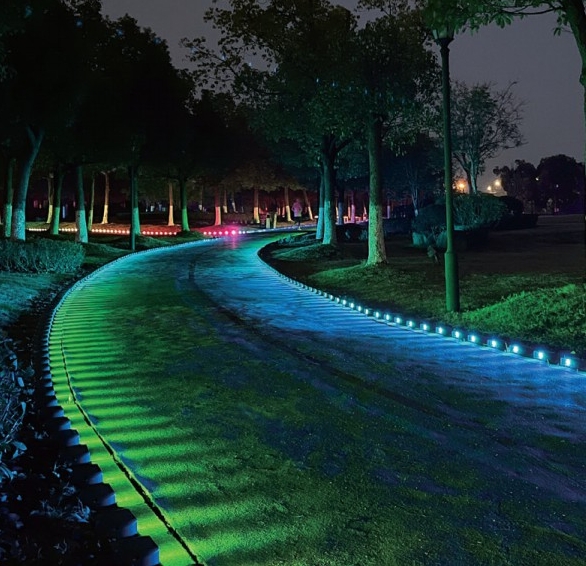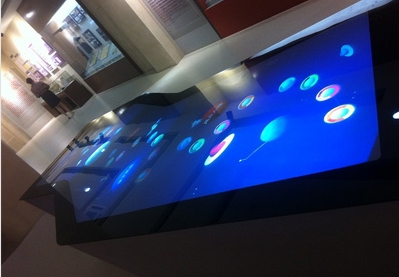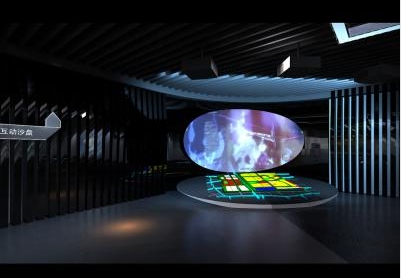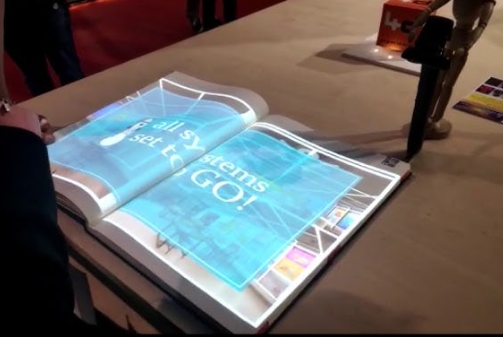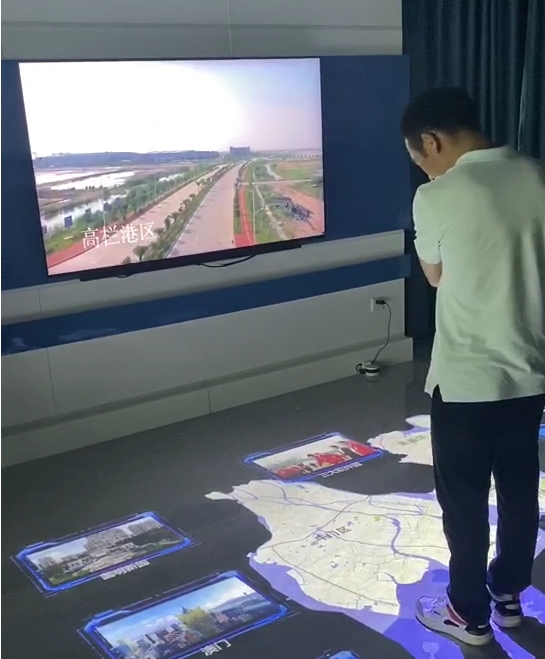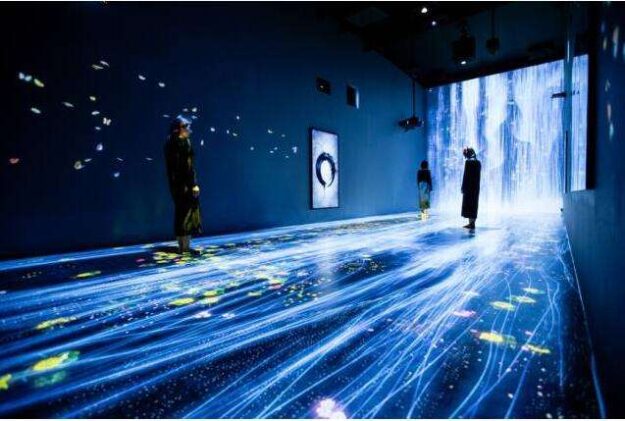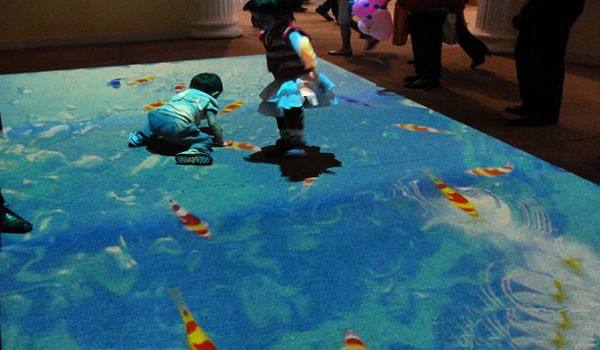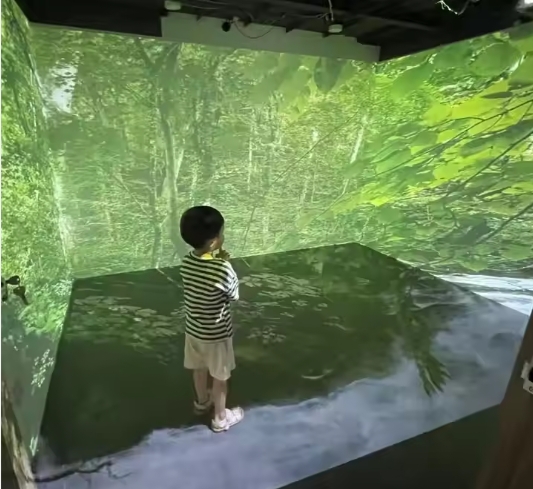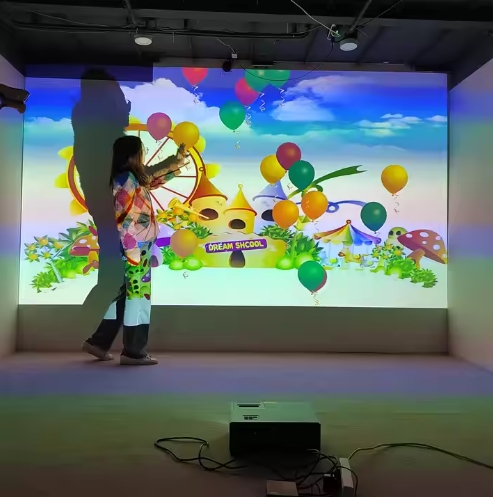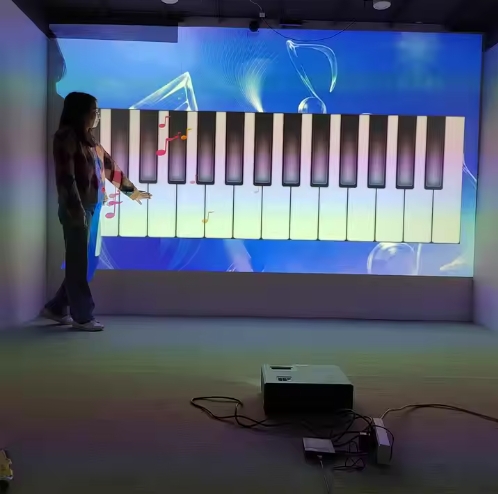Interactive Running Walls: How POE LiDAR Technology Enhances Fitness and Entertainment
Interactive running walls have transformed fitness and entertainment, providing a fun, immersive experience that engages users in ways traditional methods cannot. One of the driving forces behind this innovation is Power over Ethernet (POE) LiDAR technology. By combining advanced sensor systems and seamless connectivity, POE LiDAR redefines what’s possible in interactive installations. What is POE…

